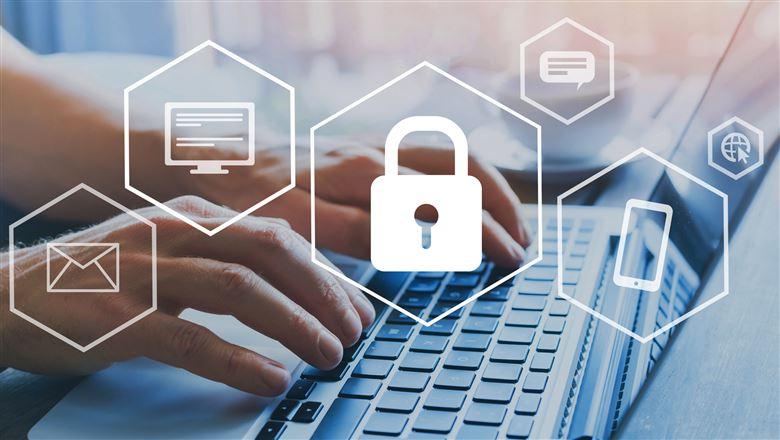Four Cybersecurity Tips for Protecting Member and Organizational Data

Associations are vulnerable to cyberattacks. These four steps will help get staff up to date to better protect member data and your organization.
With cybersecurity threats on the rise, it is important for associations to take steps to protect themselves and their members. Here are four cybersecurity tips to help keep your data and members’ information safe.
Employee Training
Nearly 94 percent of malware and phishing attacks are sent via email. That’s why it is essential for all employees to be aware of the importance of cybersecurity and know how to spot a potential threat. Many times, hackers will target an organization by targeting its employees. By training your employees, you can help them avoid becoming a victim of a cyberattack.
Your employees are your first line of cybersecurity defense. If your employees have the tools and training to detect cyber threats, they will be better equipped to protect your networks and data. Outfitting your employees with a strong virus file scanner is a good place to start.
Associations can also train their employees by doing annual or semiannual cybersecurity training. This can come in the form of awareness training, simulation training, and more. The average employee needs occasional cybersecurity training to be able to detect common spam or malicious threats to an organization. Training your employees will ensure that you will have competent staff that can protect your organization from cyberattacks.
Multifactor Authentication
Multifactor authentication is a great way to add an extra layer of security to your organization. By requiring employees to use two or more factors to authenticate, you can help prevent hackers from gaining access to your data. Multifactor authentication is a good defense against having your login credentials compromised and has become a staple security layer in everything from online banking to crypto wallets. Since multifactor authentication requires another form of verification, the chances of your association getting hacked decreases significantly.
If your employees have the tools and training to detect cyber threats, they will be better equipped to protect your networks and data.
You can set up multi factor authentication by connecting another form of verification to the login credentials. This often comes in the form of text messages or email verification. As soon as someone logins with their username and password, an additional code will be sent to their email address or phone number. This makes it far less likely for hackers to bypass your security with just login credentials.
Secure Endpoints
Endpoints are the devices that connect to your network. These include laptops, smartphones, and printers. Associations often have hundreds or even thousands of endpoints connecting to their networks based on how many members they have. Each new device that connects to your association's network is a new endpoint that can be used to gain access to your data. Associations can protect themselves from the threat of member devices by having a firewall and securing their endpoints.
All these endpoints need to be secured to continue to give your members access to your network while ensuring your association’s cybersecurity. By securing these devices, you can help prevent hackers from gaining access to your network. One way to do this is to require employees to use a VPN when accessing the network from an endpoint. Another way is to use endpoint protection software. This type of software allows you to see and secure all your association’s endpoints.
Antivirus Software and Firewalls
Antivirus software and firewalls can be great defenses for your organization, as they provide multiple layers of defense before anyone can access your association's data.
Antivirus software work by scanning files for malicious code and then quarantining or deleting the file if it is infected. Firewalls work by blocking incoming connections that are not authorized. By using both antiviruses and firewalls, you can create a strong multi-pronged defense against cyber threats.
This is particularly helpful for teams within your association that do a lot of outbound communications. CoSchedule found that marketers were at higher risk of cyberattacks due to their increased communication with external email contacts. If you have any teams in your organization that do a lot of outbound work, having antivirus software and firewalls installed is essential.
By taking these steps, you can help ensure that your association is protected against cyberattacks and that you’re helping to keep your organizational and member data safe and secure.

